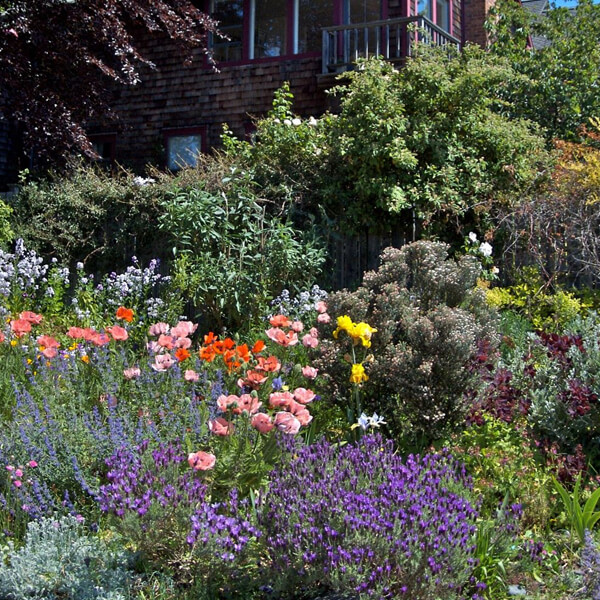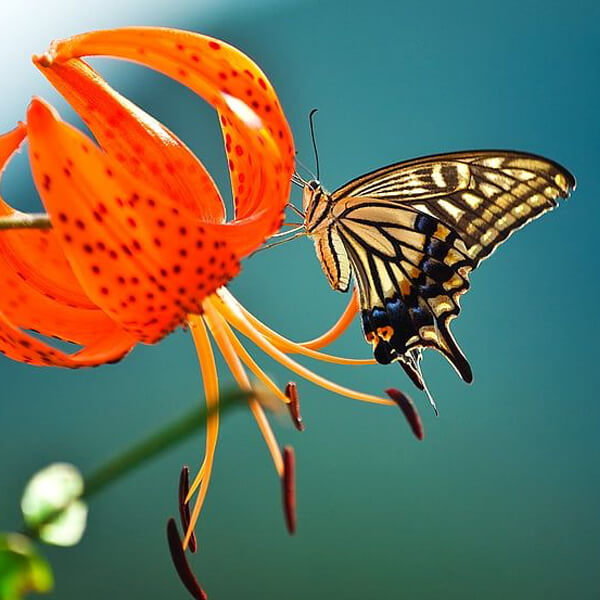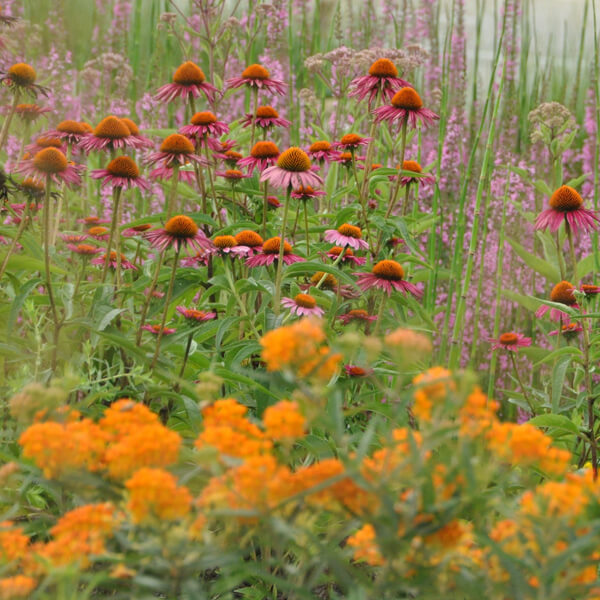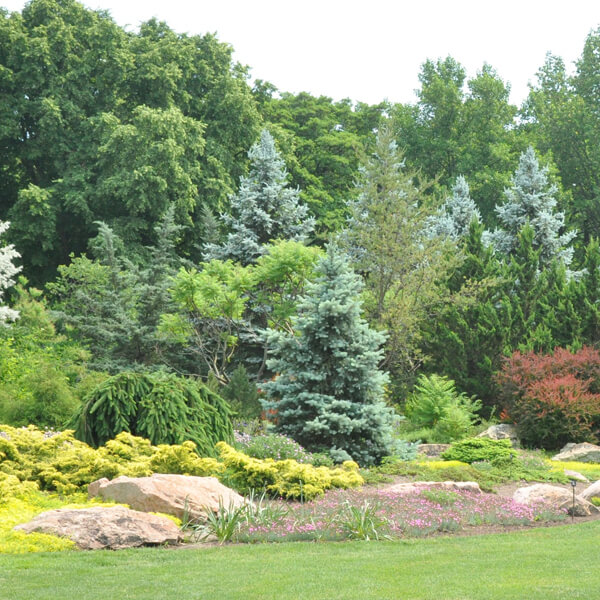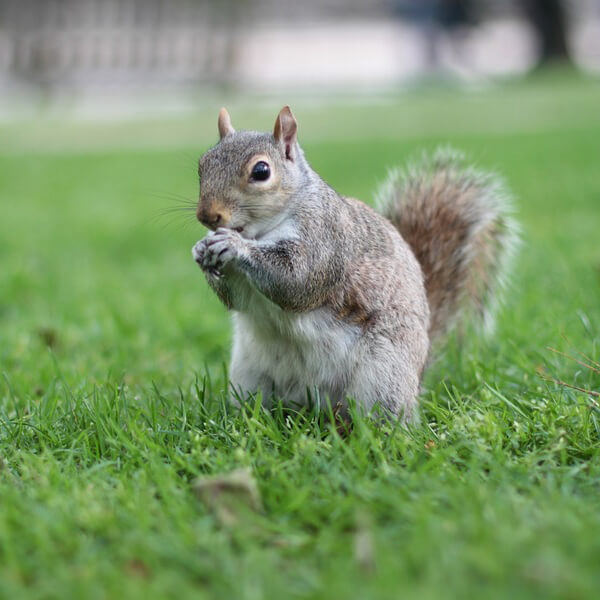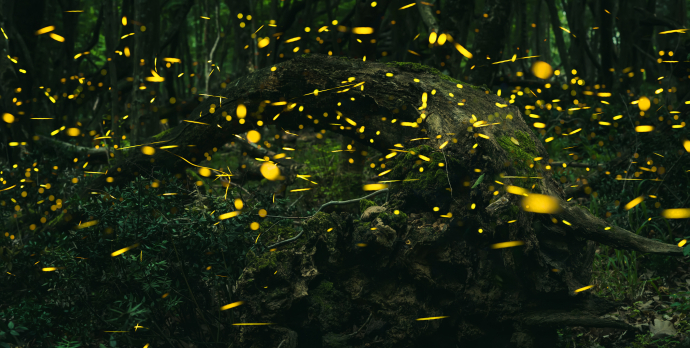
Where Are the Fireflies?
Growing up in mid-Missouri, June was the “firefly month.” Some of my fondest childhood memories are of catching fireflies and putting them in glass canning jars to create my own lantern for the evening. I loved watching them flash on and off until I had to let them fly off into the night sky again. Hearing my story, my science-loving granddaughter was anxious to head into the yard and try her luck at it. Out we went, jar in hand only to meet disappointment head on. There were no fireflies to be seen. Like many areas across the country, our night skies are no longer filled with these well-loved creatures.
.jpg)
Low Maintenance Landscaping
Rather than a place to relax and unwind, the idealized suburban landscape of perfectly manicured turf, neatly edged walkways and precisely pruned shrubs can easily become another back-breaking responsibility. There are ways however, to tweak a design that reduce the workload without sacrificing the beauty.
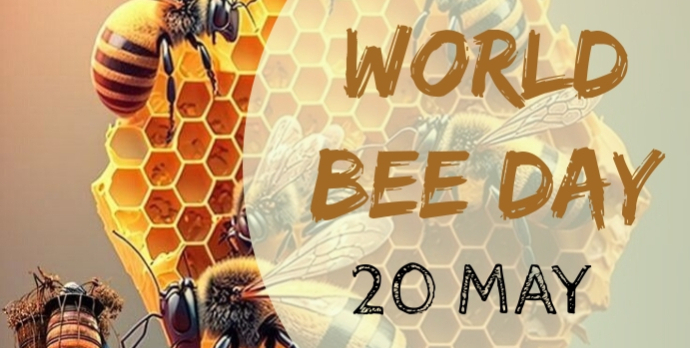
World Bee Day
June 20th is
WORLD BEE DAY
This year’s theme, "Bee inspired by nature to nourish us all", says it all. Without the work that these little fellows do, our lives would be radically changed.
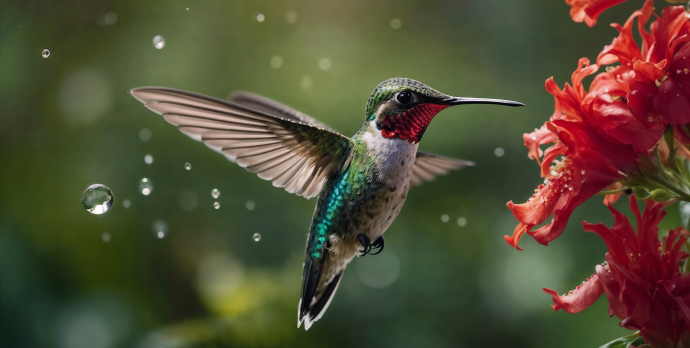
Get Ready -- The Hummingbirds Are Coming Back
We were in Phoenix a week ago, spending time at the world-renowned Desert Botanical Garden. The desert plants were in bloom, giving an entirely different feeling to what is usually an austere sight. While we strolled the paths, hummingbirds soared the skies above us, occasionally swooping down to stop and have a sip of nectar from a wildflower and then zooming away. Even though I logically knew I was much further south In Phoenix than at home and that the timing of seasons is slightly different, seeing so many hummingbirds in late March surprised me.
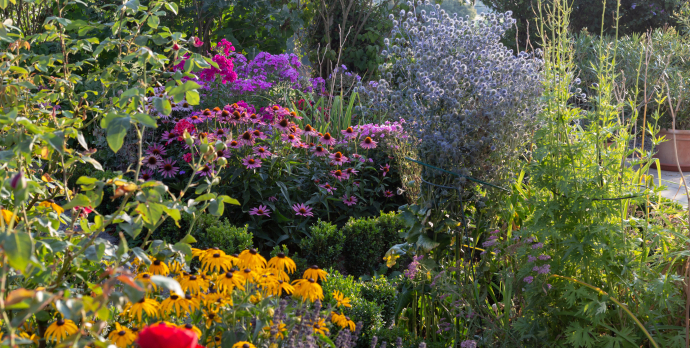
A New "Old" Outdoor Living Trend: The Nostalgia Garden
At the beginning of every year, I spend countless hours reading and researching the newest trends in outdoor living. Usually, as I read through my array of resources, I see a huge variety of suggestions for luscious new additions to and modification of outdoor spaces. Each source often has their own take on what are the leading trends of the year. This year was different. Instead of an assortment of vastly different ideas, there seemed to be a common thread running through the vast majority of articles I read. The overall theme for 2025 outdoor living trends seemed to focus on creating a personal connection to nature that permeates your daily life.
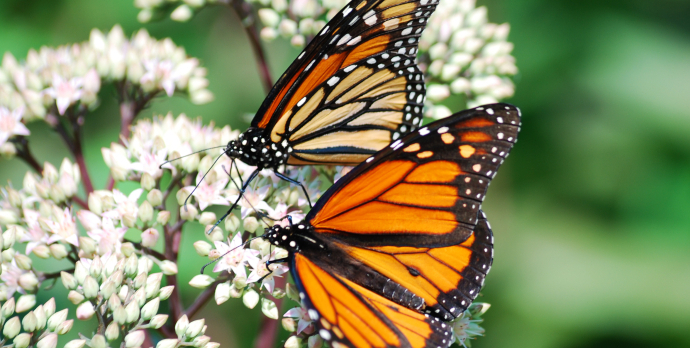
Plant A Monarch Milkweed Garden This Spring
After discovering so many new varieties of milkweed, my newest obsession for the spring season is to start a butterfly garden in my front yard that features a variety of milkweed plants. I think that it would not only be a great stopover site for migratory monarchs but would also nurture dozens of other pollinators as well. As an added bonus, it will blend perfectly with the “little patch of prairie” we put in a few years ago.
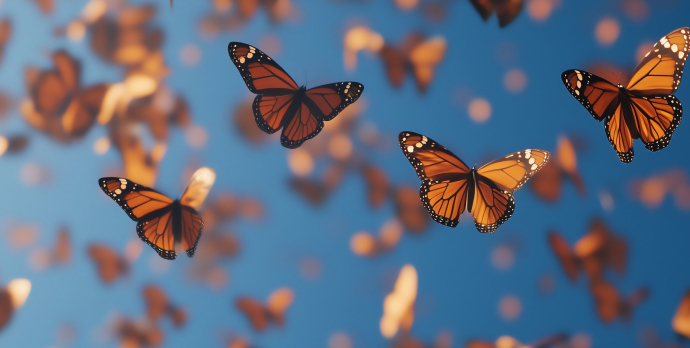
Returning Monarchs Are Hungry -- Give Them A Buffet!
Last Saturday, I spent the afternoon reading picture books with my granddaughters. One we read was called Home Is Calling by Katherine Pryor, about the migration patterns of monarch butterflies. (It’s a beautiful book filled with gorgeous illustrations and factual information woven together in lilting prose. The teacher in me was impressed!) Ironically, the very next day I happened upon a report from the World Wildlife Fund in Mexico stating that the eastern monarch population in central Mexico has nearly doubled this year, occupying twice as much forest land as last year. According to researchers' estimates, that means that approximately 28 million monarch butterflies are currently overwintering on about four acres of forest. (A number to celebrate, but nowhere near numbers from the late 90s when butterflies covered over 45 acres of forest.) While the number of butterflies in Mexico may not seem pertinent to us here in the United States, it actually is encouraging news for us too. It could be a sign that we can still save this iconic species from extinction – if we understand them and purposely work to help them..

Help Protect The Monarch Butterfly
Yesterday, while I was browsing the web, I ran across a relatively obscure article that started me on an unexpected tangent. The headline read: California’s monarch butterfly population plummets; fire wipes out Topanga habitat. The destruction of a prime butterfly habitat, to me, just added another victim to the life-changing tragedy that so many Californians have suffered.
Categories
